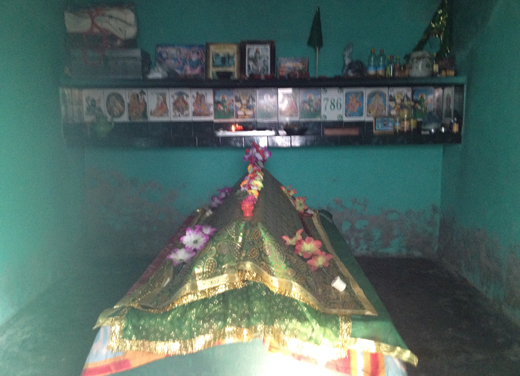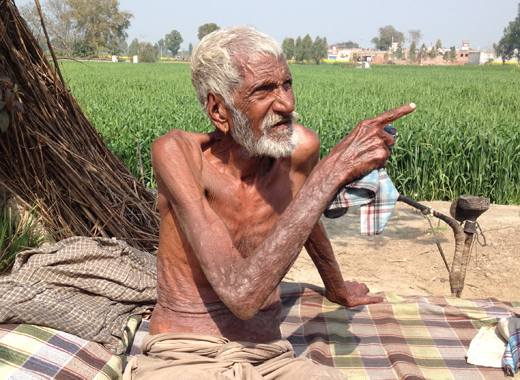By: Shams Irfan

A friend of mine who has lived most of his life outside Kashmir and currently resides in Germany would often say that best journeys are those which bring you home. I agree. But in order to understand your home better one has to undertake journeys that take you to distant lands.
I recently went on one such journey. The destination this time was Punjab. It was almost after a year’s time that I was visiting my maternal cousins and uncles. Before undertaking the journey I had planned to explore Punjab beyond its routine and mundane life. The Punjab that was on my mind while crossing the Jawahar tunnel was different from what I have been experiencing since childhood. So after staying at my maternal uncle’s house in Patiala for two days and cooling my heels in the warm climes, I set out to explore.
My first stop was Fathowal, a small sleepy village in Kapurthala district which prior to 1947 was home to around 150 odd Muslim families including my mother’s ancestors. Though my mother had never lived in Fattowal as most of her family either migrated to Pakistan during partition or settled in Muslim dominated Malerkotla town in Sangrur district of Indian Punjab, it was still an emotional journey for her.
As we made our way through narrow but well macadamized roads that lays quietly amidst lush green paddy fields on one side and vegetable gardens on other side, a small army of kids, elders, women escorted our car till we reached Fattowal. The reason for their curiosity was our car’s registration plate that bore Kashmir number. As we started to enquire about our ancestors and their property people greeted us with warm smiles. Finally after an hour’s door to door enquiry we came across Kamru Sai, an elderly faith healer, who claimed to know our ancestors personally. It was an exciting movement for both me and my mother as finally we had met someone who could confirm our connection with the village. Kamru, who was in his late 90s and works in his fields to stay fit, remembered the horrible days of partition effortlessly, as if he had witnessed them only yesterday.
He told us that before partition Fattowal was a Muslim dominated village, and when my mother requested him to help us find our ancestors’ houses, he laughed loudly. He said in a sarcastic tone that there is nothing left to see as the village was looted, plundered and razed to ground several times since. Still on our insistence he managed to pinpoint the place where my mother’s grandfather lived with his family. The place now serves as a stable for cattle for a local farmer. Kamru was right, there was nothing left to see except few remnants of the past which people have looted and preserved as souvenir. They included a beautifully carved wooden cupboard, a dressing table, a hukkah and an old fashioned cot bed.

As we talked with Kamru a small crowd had already swelled around us. Among the onlookers was the village headman who himself had migrated from what is now Pakistan’s Punjab during partition. It was he who took us to a small shrine located near the end of village that belonged to pre-partition era. It was a small cone shaped single room structure with a lone grave in centre. It was freshly painted in green. But what caught my eye as I made my way in through a narrow opening, (also covered in green cloth) were pictures of Hindu gods placed just above the grave. The village headman, sensing my curiosity, told me that these pictures have been placed by villagers whose wishes get fulfilled here. Every year they organize a small function to commemorate the unknown saint.
It was nearing evening when we took leave from Kamru and other villagers who seemed equally excited to have visitors from outside. On our way back we stopped briefly at Sultanpur Lodhi, a small town that falls on the historic Delhi-Lahore trade route. It is said that Sulatanpur Lodhi once housed some of the most progressive Islamic seminaries from where Aurengzeb and Dara Sekoh completed their studies.
But that was a long time ago as the only visible sign of Muslim history is Mughal era style tombs that cry for attention and restoration.
Interestingly the most frequented place in Sulatanpur Lodhi is now Gurudwara Shree Ber Sahib where Guru Nanak has prayed for 14 years. As night fell over the vast horizon, the lights from Gurudwara Shree Ber Sahib, which is located on the banks of Kali Bein rivulet, danced carelessly on the waters.















